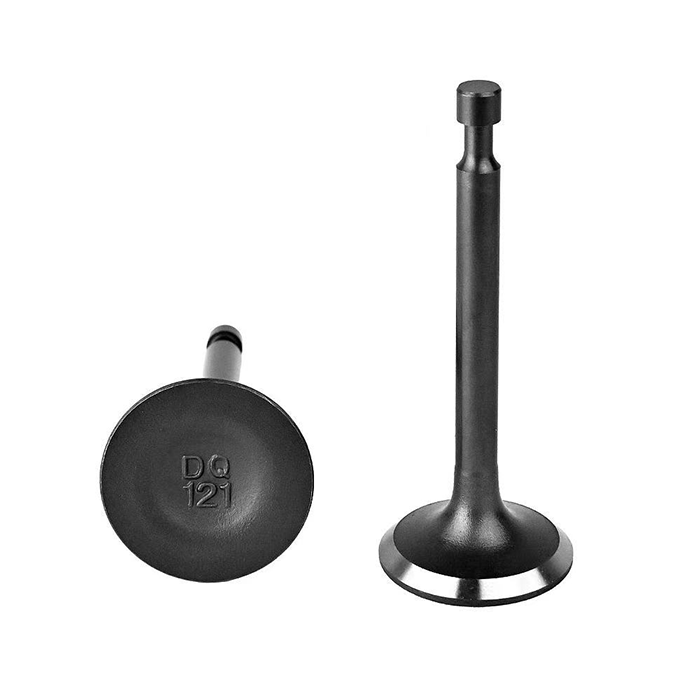In the ever-evolving world of logistics and supply chain management, businesses are constantly seeking cost-effective methods to transport goods. One of the most pressing questions that arise is: Is it cheaper to ship by rail or truck? This inquiry is not merely a matter of preference; it involves a complex interplay of factors including distance, cargo type, and market conditions. In this article, we will delve into the nuances of rail and truck shipping, providing a comprehensive analysis to help businesses make informed decisions.
Understanding the Basics: Rail vs. Truck Shipping
Before we dive into the cost comparison, it’s essential to understand the fundamental differences between rail and truck shipping.
Rail Shipping: This mode of transportation is typically more efficient for bulk goods over long distances. Trains can carry a significant amount of cargo at once, making them ideal for transporting commodities such as coal, grain, and automobiles. Railroads have fixed routes and schedules, which can lead to predictable transit times.
Truck Shipping: Trucks offer unparalleled flexibility and accessibility. They can reach locations that railroads cannot, making them essential for last-mile delivery. Trucks are often preferred for smaller shipments and time-sensitive deliveries, as they can navigate directly to the destination without the need for transloading.
Cost Factors: A Closer Look
When evaluating whether it is cheaper to ship by rail or truck, several cost factors must be considered:
- Distance: Generally, rail shipping becomes more cost-effective over longer distances. The fixed costs associated with rail infrastructure can be spread over a larger volume of goods, reducing the per-unit shipping cost. Conversely, for shorter distances, trucks may be more economical due to lower initial costs and quicker delivery times.
- Cargo Type: The nature of the cargo plays a significant role in determining shipping costs. Bulk commodities such as coal or grain are typically more suited for rail transport, while high-value or perishable goods may necessitate the speed and flexibility of truck shipping. Additionally, specialized cargo may require specific handling that could influence the choice of transportation mode.
- Fuel Prices: Fluctuations in fuel prices can impact the cost-effectiveness of both rail and truck shipping. While trains are generally more fuel-efficient per ton-mile, rising diesel prices can still affect trucking costs significantly. Businesses must stay informed about current fuel trends to make the most cost-effective shipping decisions.
- Infrastructure and Access Costs: Rail transport requires access to rail yards and loading facilities, which may incur additional costs. Conversely, trucks require less infrastructure but may face tolls, fuel surcharges, and parking fees. Understanding the total cost of access to shipping infrastructure is crucial for an accurate cost comparison.
- Labor Costs: Labor costs associated with loading, unloading, and driving can vary significantly between the two modes. Rail transport often requires fewer personnel for the same volume of goods, potentially leading to lower labor costs per shipment.
Environmental Considerations
While cost is a primary concern, businesses today are increasingly aware of their environmental impact. Rail transport is generally considered more environmentally friendly than trucking, as it emits fewer greenhouse gases per ton-mile. Companies looking to enhance their sustainability profile may find that choosing rail over truck shipping aligns better with their corporate social responsibility goals.
Conclusion: Making the Right Choice
In conclusion, the question of whether it is cheaper to ship by rail or truck does not have a one-size-fits-all answer. It depends on a multitude of factors including distance, cargo type, fuel prices, infrastructure costs, and labor considerations. Businesses must conduct a thorough analysis of their specific shipping needs, taking into account both cost and environmental impact.






+ There are no comments
Add yours